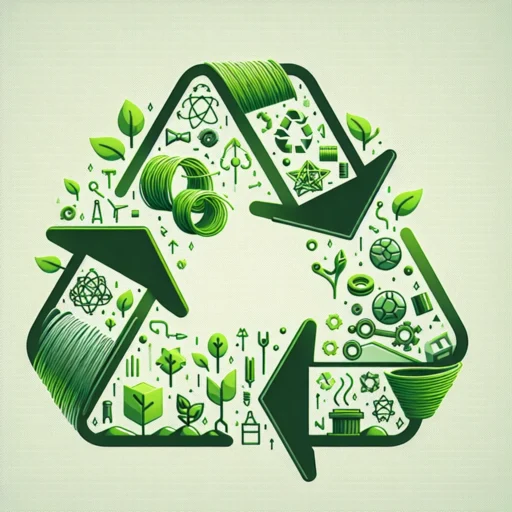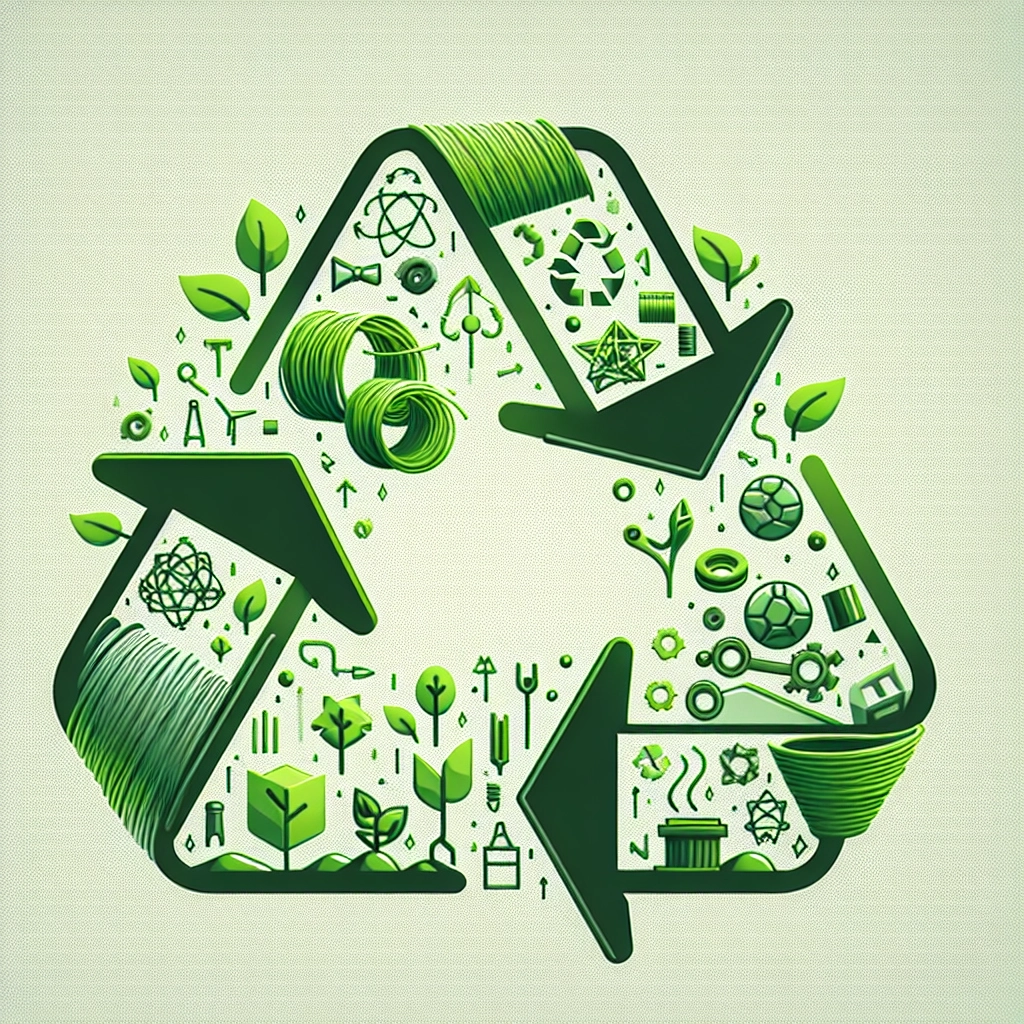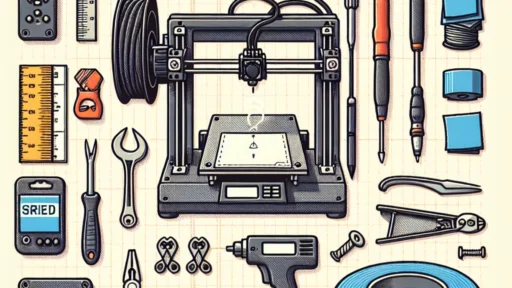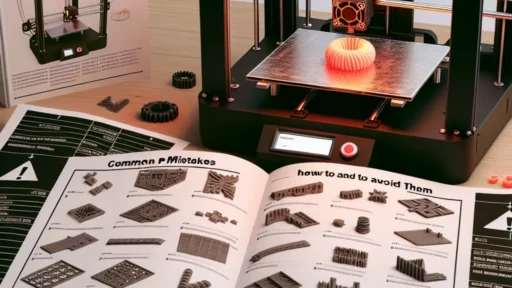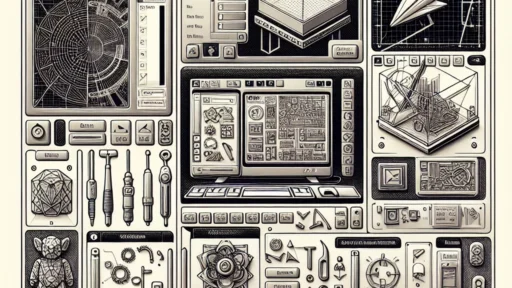The Environmental Impact of 3D Printing: Sustainability in Filaments
In recent years, 3D printing has emerged as a game-changing technology in various industries, from healthcare and automotive to fashion and architecture. The ability to create customized objects directly from digital files has revolutionized the way we approach manufacturing. However, as with any innovation, it comes with its challenges—particularly concerning its environmental implications. One key area of concern is the sustainability of the materials, or filaments, used in these printers. Let’s explore the environmental impact of 3D printing and what we can do to promote sustainability in the realm of filaments.
The A to Z of Filaments
At the heart of every 3D printer is its filament. This is the material that’s extruded to create a product layer by layer, and its properties can greatly influence a finished object’s strength, flexibility, and aesthetic appeal. The most commonly used filament is polylactic acid (PLA), a bioplastic derived from renewable resources such as cornstarch or sugarcane. While PLA has gained popularity due to its compostable nature and lower carbon footprint compared to petroleum-based plastics, it’s not without downsides.
Many other filaments, including acrylonitrile butadiene styrene (ABS) and nylon, are derived from fossil fuels and can emit toxic fumes when heated. These conventional materials not only contribute to pollution during their production but also pose a challenge in terms of recyclability and disposal.
The Carbon Footprint of 3D Printing
One major argument in favor of 3D printing is its potential to reduce waste in traditional manufacturing processes. Traditional methods often involve subtractive manufacturing, where excess material is cut away to create a product. This can generate a significant amount of waste. By contrast, 3D printing is additive, meaning it builds objects layer by layer, often resulting in less material waste. However, a fuller analysis reveals that the carbon footprint of 3D printing isn’t just about how much material is saved. It also encompasses the energy used during production.
3D printers can consume varying amounts of energy depending on their design, size, and the type of filament used. High-energy printing processes may offset some of the ecological benefits touted by proponents of 3D technology. So, while creating something locally may reduce the need for long-distance shipping, the energy consumption during production can muddy the waters when it comes to overall environmental impact.
The Rise of Sustainable Filament Options
So, what’s the solution? Increasingly, companies are rising to the challenge by developing sustainable filaments. Beyond PLA, we’re now seeing innovative options made from recycled plastics, such as PET (common in water bottles) and even waste materials like coffee grounds and used pharmaceuticals. These environmentally friendly filaments can help to close the loop on waste and provide sustainable alternatives to traditional plastics.
Additionally, bio-based composites are entering the market that blends materials like hemp or wood fiber with existing plastics, offering enhanced biodegradability and reduced reliance on fossil fuels. These materials aim to provide similar mechanical properties to traditional plastics but with significantly lower environmental footprints.
A Community of Change
Adopting sustainable practices in 3D printing does not rest solely on the manufacturers’ shoulders. The community of makers, designers, and users can drive change by consciously choosing eco-friendly filaments and promoting recycling initiatives. Engaging in collaborative projects focused on sustainability can also pave the way for more innovative solutions.
Communities are harnessing the power of sharing and cooperation as well. By creating networks for exchanging filament scraps or unused prints, we can further minimize waste and optimize resources. Ethical consumerism is on the rise, and people are ultimately becoming more aware of the implications of their purchases, extending this awareness to the materials used in their 3D printing endeavors.
Future Forward
The future of sustainability in 3D printing depends on our willingness to innovate, adapt, and remain mindful of our choices. As technology evolves, the fabric of manufacturing will change, but it’s up to us to ensure it doesn’t come at the cost of our planet.
By exploring sustainable filament options and supporting initiatives aimed at reducing waste, we can harness the potential of 3D printing as an eco-friendly manufacturing method. After all, every little bit helps, and the ripple effect of small changes can lead to significant impacts. Embracing this technology with an eye toward sustainability may just be the key to shaping a greener future.


